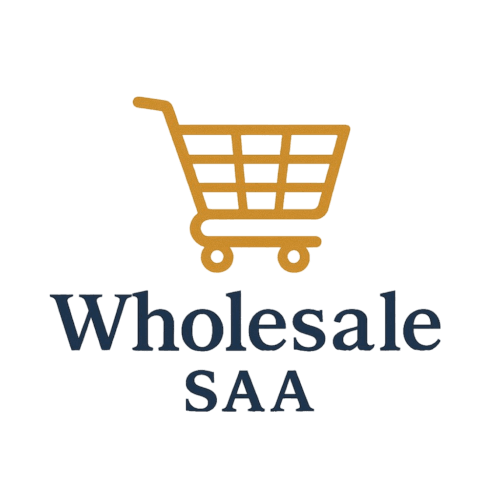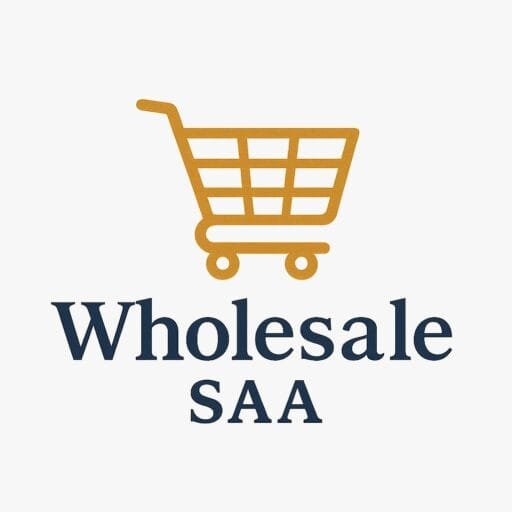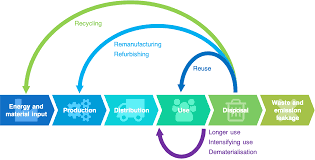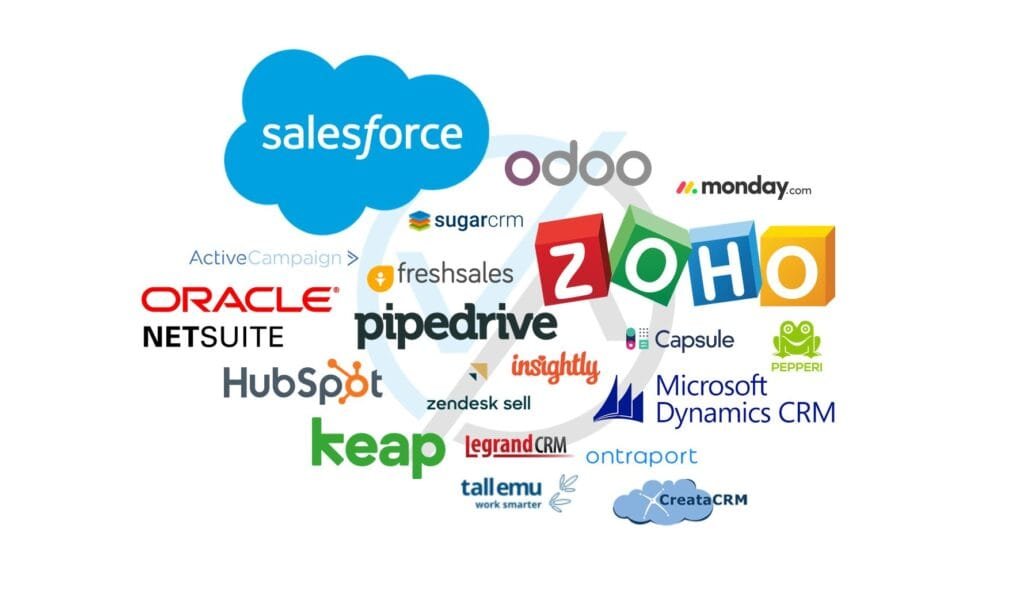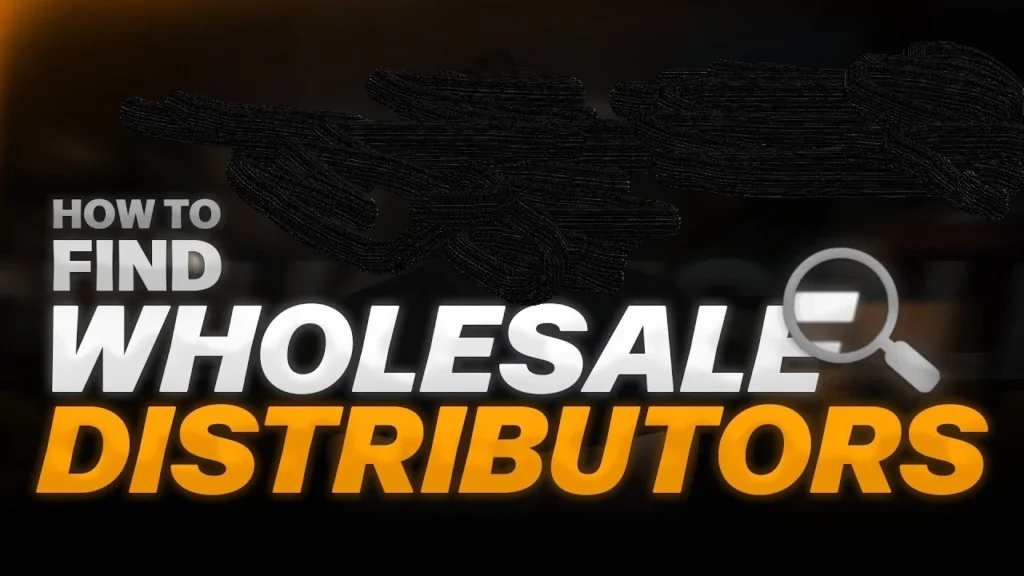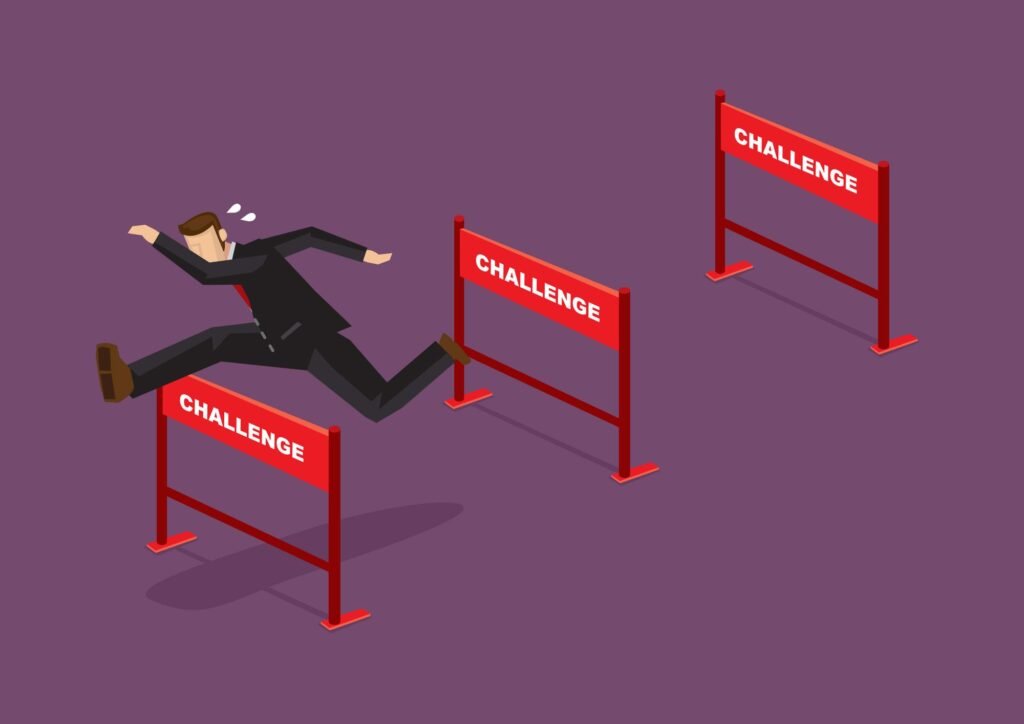Imagine a world where everything you buy isn’t just one-and-done, but part of a cycle that gives it a second, third, or even fifth life. That’s not a sci-fi dream, it’s the future unfolding before us. And guess what? Wholesalers are at the heart of this transformation.
As someone who’s watched supply chains evolve, I’ve seen wholesalers morph from silent middlemen into pioneering leaders of sustainability. They’re the bridge between factories and retail, now leveraging scale, innovation, and connectivity to power the circular economy. Here’s why that’s exciting, and what it means for business, planet, and profit.
1. What is the Circular Economy? (And Why Should Wholesalers Care?)
The circular economy is a regenerative model that designs out waste, keeps products and materials in use, and restores natural systems. Instead of the traditional linear model—make, use, dispose—the circular economy says: make, use, reuse, refurbish, recycle, and repeat.
Wholesalers move vast quantities of goods across borders and industries. They’re perfectly positioned to embed circularity into every step of the supply chain, from sourcing to distribution to end-of-life collection.
2. Distributors: The New Circular Heroes
Wholesalers aren’t just delivering goods—they’re enabling circular systems. According to BCG, distributors sit at the intersection of manufacturers and retailers, giving them a unique vantage point to deploy circular strategies and uncover new high-margin revenue streams.
Think reusable packaging, product-as-a-service models, reverse logistics—these are no longer buzzwords. They’re pathways to real business growth.
3. Rethinking Packaging: The IFCO Example
Enter IFCO reusable trays—sturdy plastic crates for fresh produce that travel in endless loops. Once worn, they’re recycled into new crates. That’s 100% material reuse and zero packaging waste in action.
Wholesalers adopting this model cut costs, landfill waste, and ecological impact in one fell swoop.
4. Reverse Logistics: Making Returns Work for Everyone
Reverse logistics isn’t just about refunds. It’s the backbone of a functioning circular economy. Wholesalers can facilitate:
Return of damaged or unused goods
Collection of packaging for reuse
Pickup of electronics for recycling or resale
By investing in return infrastructure and digital tracking tools, wholesalers help products re-enter the economy instead of landfills.
5. Product-as-a-Service (PaaS): Wholesale with a Twist
What if you didn’t sell a tool, but leased it? PaaS is one of the five key circular business models recognized by the World Economic Forum. Wholesalers can facilitate this by:
Offering repairable, upgradeable goods
Partnering with manufacturers to offer subscriptions instead of sales
Creating service networks for ongoing support
The result? More predictable revenue, closer customer relationships, and reduced waste.
6. Shared Resources: The Power of Pooling
Pallet pooling is just the beginning. Wholesalers are expanding this concept to include:
Shared delivery containers
Rental equipment, like forklifts and loading devices
Co-located warehousing to reduce transport emissions
Pooling maximizes resource use, cuts costs, and reduces each company’s carbon footprint.
7. Wholesale as a Circular Ecosystem Hub
In Denmark’s industrial symbiosis model, companies share byproducts and resources—one company’s waste becomes another’s input. Wholesalers can replicate this by acting as coordinators:
Collecting and redistributing overstock
Hosting marketplaces for refurbished or unsold goods
Connecting businesses to reuse partnerships
This transforms wholesale depots into circular hubs.
8. Smart Tech: Traceability, IoT, and Blockchain
Circularity requires transparency. Technologies like RFID, IoT sensors, and blockchain allow wholesalers to:
Track goods through their lifecycle
Monitor wear and performance
Ensure ethical sourcing and handling
Smart tech builds trust, ensures compliance, and unlocks operational efficiency.
9. Regulation Is Coming: Get Ready or Get Left Behind
Governments worldwide are introducing circular economy legislation. From the EU’s Green Deal to California’s extended producer responsibility laws, the message is clear: adapt or face penalties.
Wholesalers who get ahead of regulation can turn compliance into a competitive advantage, offering sustainability as a service.
10. Customers Want Circular
Consumers care. So do retailers. A Nielsen study found 73% of global consumers would change their habits to reduce environmental impact. Brands now demand sustainable partners.
Wholesalers that can prove circular practices through certifications, audits, and transparent reports gain access to premium buyers.
11. Real-World Example: Loop and TerraCycle
Loop is a global shopping platform by TerraCycle that delivers products in reusable packaging. Major brands like Nestlé and Unilever use it.
Behind the scenes? Massive wholesale coordination.
Loop wholesalers manage the collection, cleaning, and redistribution of containers, keeping packaging in play—not in landfills.
12. Case Study: Circular IT Equipment Distribution
Some tech wholesalers now specialize in refurbishing laptops and routers for resale. They test, repackage, and relicense the gear for schools, nonprofits, and small businesses.
This lowers e-waste, opens access, and taps into budget-conscious markets. Circularity is no longer niche—it’s a scalable service model.
13. Circular Metrics and KPIs
To go circular, you have to measure it. Smart wholesalers track:
Reuse and return rates
Lifecycle emissions
Repair or refurbishment turnaround time
Packaging waste per shipment
Data-driven insight helps improve operations and show value to clients.
14. What It Takes to Start
Here’s how to jump in:
Audit waste streams and product returns
Partner with sustainability-focused vendors
Pilot a return program or packaging reuse loop
Educate staff and clients about the benefits
Invest in tracking and circular logistics tech
15. Beyond Profit: Circular Thinking Builds Resilience
The circular model isn’t just good for the planet. It protects against supply shocks, reduces dependence on virgin materials, and opens new revenue streams.
During COVID-19, companies with circular supply chains were more flexible, more local, and more resilient.
Conclusion
Wholesale trade has always been about movement, and now it’s about momentum. The circular economy offers wholesalers a chance to redefine their role—not just movers of goods, but stewards of value, sustainability, and innovation.
From reusable crates to blockchain tracking, reverse logistics to refurb marketplaces, wholesalers are proving that commerce and conservation can go hand-in-hand.
So ask yourself: What legacy is your supply chain leaving behind? Is it waste? Or wisdom?
For those ready to reimagine what trade can be, the circular economy is more than a strategy—it’s a revolution.
